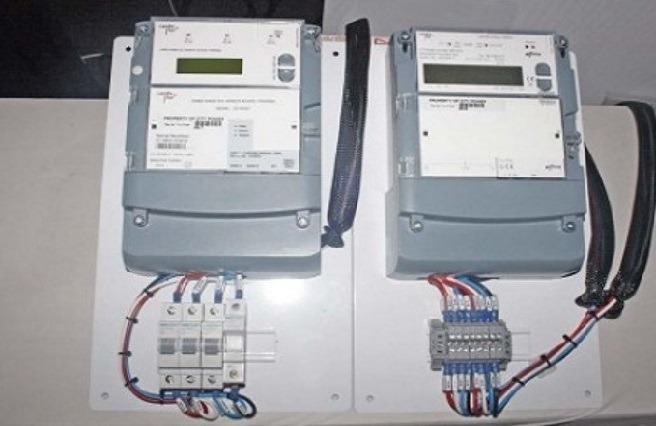Ivory Coasts agricultural commodities exchange is in its pilot phase to provide farmers and processors with a platform so that they can boost economic growth in the West African country.
Ivory Coasts Minister of Agriculture, Rural Development and Food Crop Production, Kobenan Kouassi Adjoumani, yesterday said that there were 125 agricultural commodity exchanges worldwide of which 15 were in Africa.
Speaking at the BRVM Investor Roadshow at the JSE yesterday, Adjoumani said Ivory Coasts agricultural commodities exchange, the BMPA-CI, would initially trade only three crops, namely cashew nuts, maize and kola nuts.
Ivory Coast is the worlds leading producer and exporter of cashew nuts, cocoa and kola nuts.
Agriculture is responsible for two thirds of jobs, over 40% of export earnings and 25% of gross domestic product.
The aim of the BMPA-CI is to promote the agricultural sector by providing a platform for price discovery so that farmers get a fair price for their goods and retain a higher percentage of the value chain.
Rmi Burdairon, the principal at Atria Trade Investments, highlighted the fact that of the 250 pence it costs a customer for a cup of coffee in London, the coffee farmer only gets 1 pence.
The government had divided Ivory Coast into nine agro-poles, with each pole specialising in their specific commodity that was best suited to their soil and climate.
Some people have said that moving to a futures market for agricultural commodities is too ambitious for our small farmer sector, but I disagree, Adjoumani said.
I cite the example of mobile money to show that these small framers embrace technology if it benefits them and I expect a similar trajectory of growth for the commodities futures market.
In the panel discussion on how commodities exchanges help farmers get a fair price for their goods, panel members said that education and training was important so that farmers could get maximum benefit out of their participation.
This meant that because there was only a small three-month window at harvest time while the market operated for 12 months, there needed to be put in place bridging finance and warehousing.
From a financing perspective, banks needed two essential items, namely strong collateral and a clear exit.
A commodities exchange could provide both these essentials as a delivery note to a registered warehouse provided strong collateral, while the exchange meant that the bank could exit the deal if a buyer defaulted as they could sell to another buyer.
Agri All Africa CEO Dirk Hanekom said he represented 4500 farmers in 45 African countries, and what farmers required was regulatory and policy consistency.
Burnt Orange Trading director Chris Sturgess noted that exchanges worked best when there was minimal government intervention, so policies such as export bans on commodities would kill off exchanges.
South Africa had been lucky that when its agricultural commodities exchange, SAFEX, was established there was existing infrastructure in terms of silos and warehouses.
In the case of Ivory Coast this infrastructure would require an investment of 3 billion or more than R60bn.











